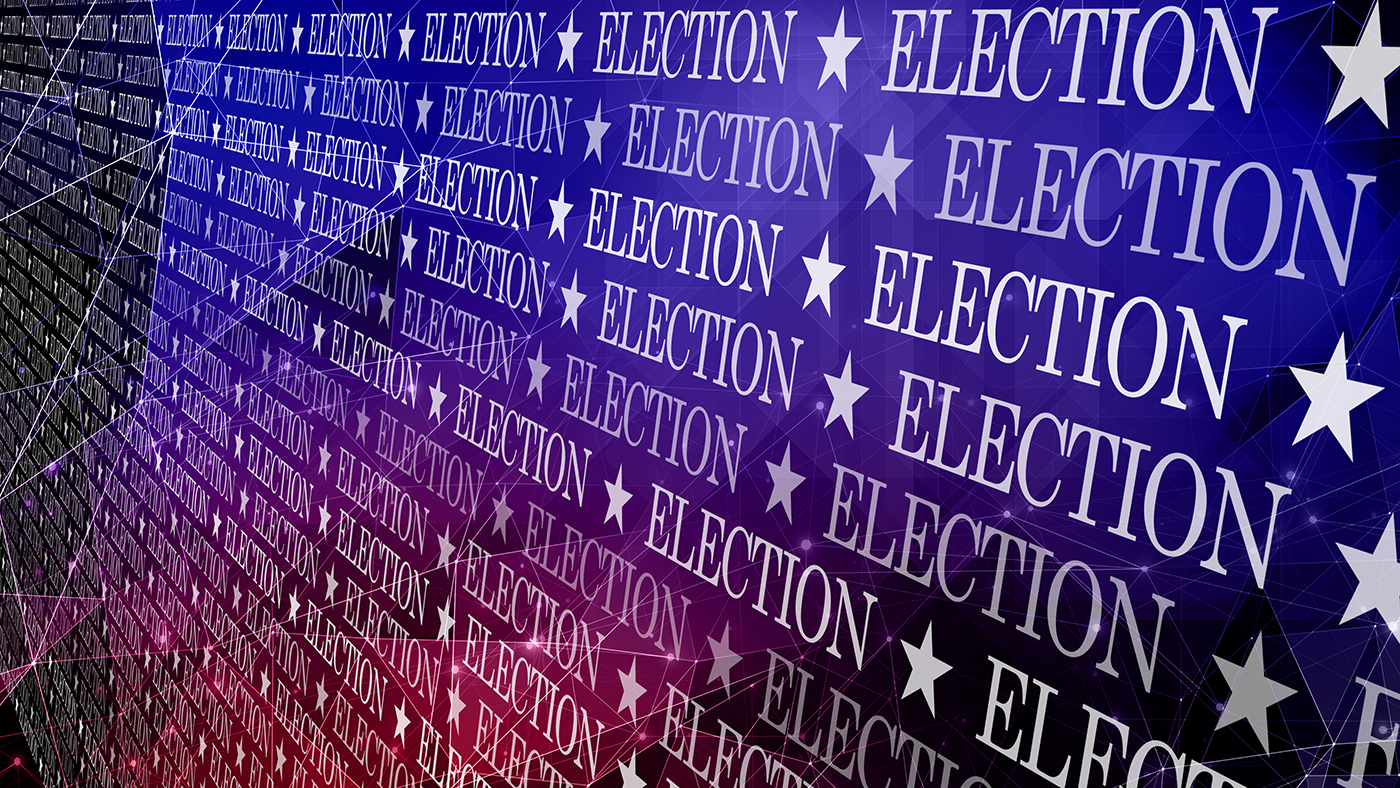
With the 2024 Presidential Election just over two weeks away, the Center for Gender, Race, and Area Studies (CGRAS) this week is sponsoring an art installation that lets viewers imagine a variety of post-election scenarios.
“Possible Futures,” which will be on view this Thursday, October 24, from 7 to 9 p.m. in the Fireside Lounge at Dana Commons, features TV-screen-like cubes displaying nearly 100 media clips, including music videos, film, news broadcasts, video games, and more. Viewers can move the cubes around and reshape what is displayed, creating different stories.
“We knew we needed to engage people in a conversation around the topics that are at the center of the upcoming election, but we wanted to create a different environment for doing so,” says Professor Asha Best, director of CGRAS. “In some ways, the installation is a playground for imagining possible post-election futures.”
“Possible Futures” is part of “Democracy, Repression, and Resistance,” a CGRAS series exploring a range of topics from climate activism to the politics of coercion and consent in China. “The practice of being engaged in the world around us is part of the culture of the Center,” Best says.
She acknowledges that the upcoming election brings many feelings to the surface, from anger and anxiety to excitement and hope. “But there’s also a great deal of apathy and fatigue,” she says. “We hope that the installation invites more curiosity and sociality, even as people think about all of the really important issues at the center of this election.”
The installation was designed by Becker School of Design & Technology professors Terrasa Ulm and Amanda Theinert, along with James Maurelle, professor of studio art in the Department of Visual and Performing Arts.
Visit Clark Votes for more information on the November 5 Presidential Election.
